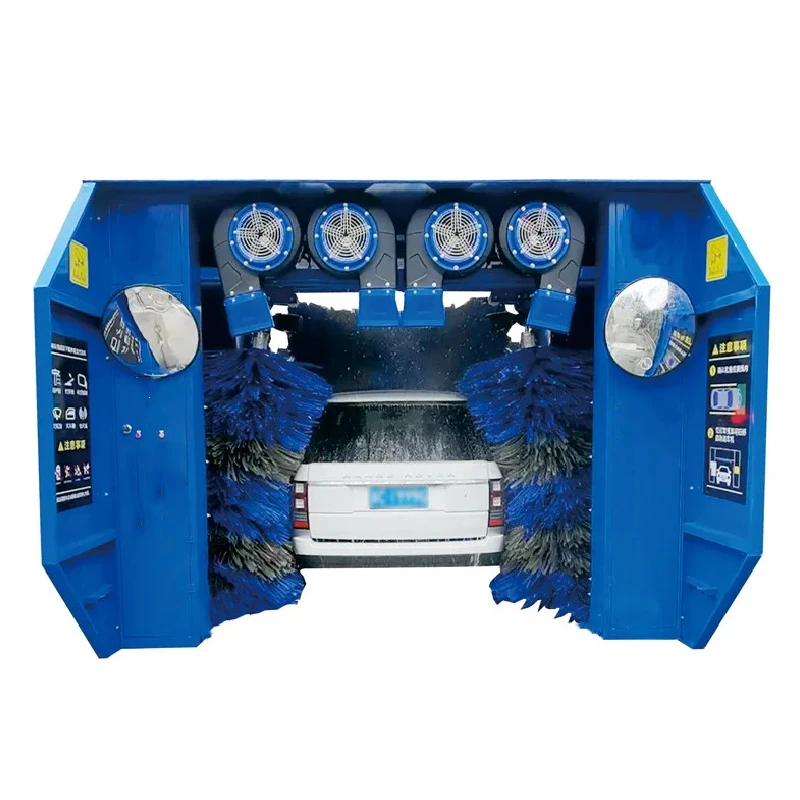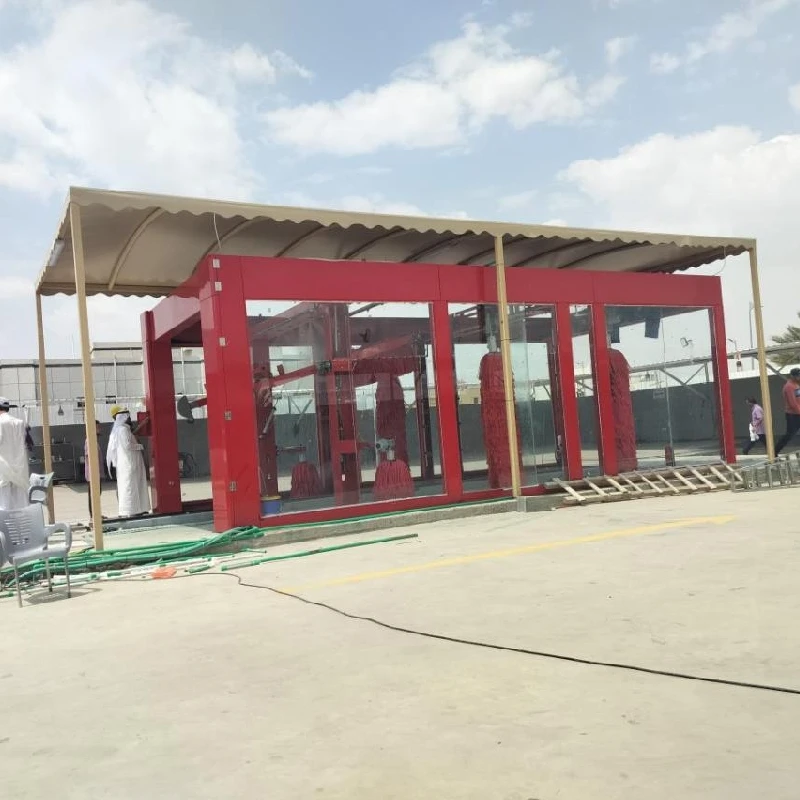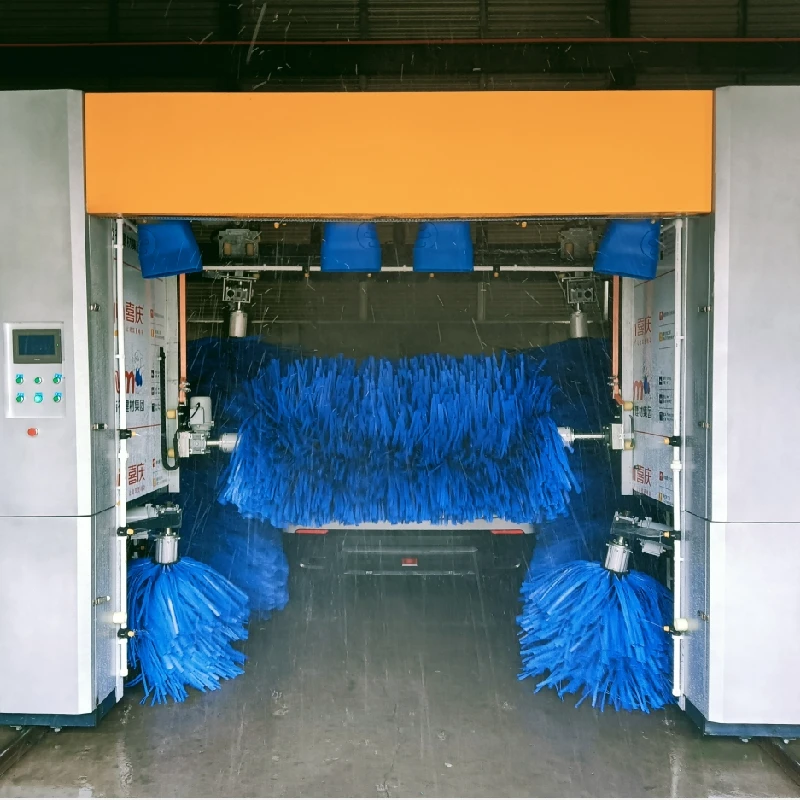
- Afrikaans
- Albanian
- Amharic
- Arabic
- Armenian
- Azerbaijani
- Basque
- Belarusian
- Bengali
- Bosnian
- Bulgarian
- Catalan
- Cebuano
- Corsican
- Croatian
- Czech
- Danish
- Dutch
- English
- Esperanto
- Estonian
- Finnish
- French
- Frisian
- Galician
- Georgian
- German
- Greek
- Gujarati
- Haitian Creole
- hausa
- hawaiian
- Hebrew
- Hindi
- Miao
- Hungarian
- Icelandic
- igbo
- Indonesian
- irish
- Italian
- Japanese
- Javanese
- Kannada
- kazakh
- Khmer
- Rwandese
- Korean
- Kurdish
- Kyrgyz
- Lao
- Latin
- Latvian
- Lithuanian
- Luxembourgish
- Macedonian
- Malgashi
- Malay
- Malayalam
- Maltese
- Maori
- Marathi
- Mongolian
- Myanmar
- Nepali
- Norwegian
- Norwegian
- Occitan
- Pashto
- Persian
- Polish
- Portuguese
- Punjabi
- Romanian
- Russian
- Samoan
- Scottish Gaelic
- Serbian
- Sesotho
- Shona
- Sindhi
- Sinhala
- Slovak
- Slovenian
- Somali
- Spanish
- Sundanese
- Swahili
- Swedish
- Tagalog
- Tajik
- Tamil
- Tatar
- Telugu
- Thai
- Turkish
- Turkmen
- Ukrainian
- Urdu
- Uighur
- Uzbek
- Vietnamese
- Welsh
- Bantu
- Yiddish
- Yoruba
Commercial Car Wash Equipment Heavy-Duty, Automated Systems
- Understanding the Demand for Commercial Car Washing Equipment
- Technological Advancements in Modern Systems
- Key Features of Top-Tier Commercial Car Washing Machines
- Comparative Analysis of Leading Manufacturers
- Custom Solutions for Diverse Business Needs
- Real-World Applications and Success Stories
- Why Invest in Professional Commercial Car Washing Equipment?
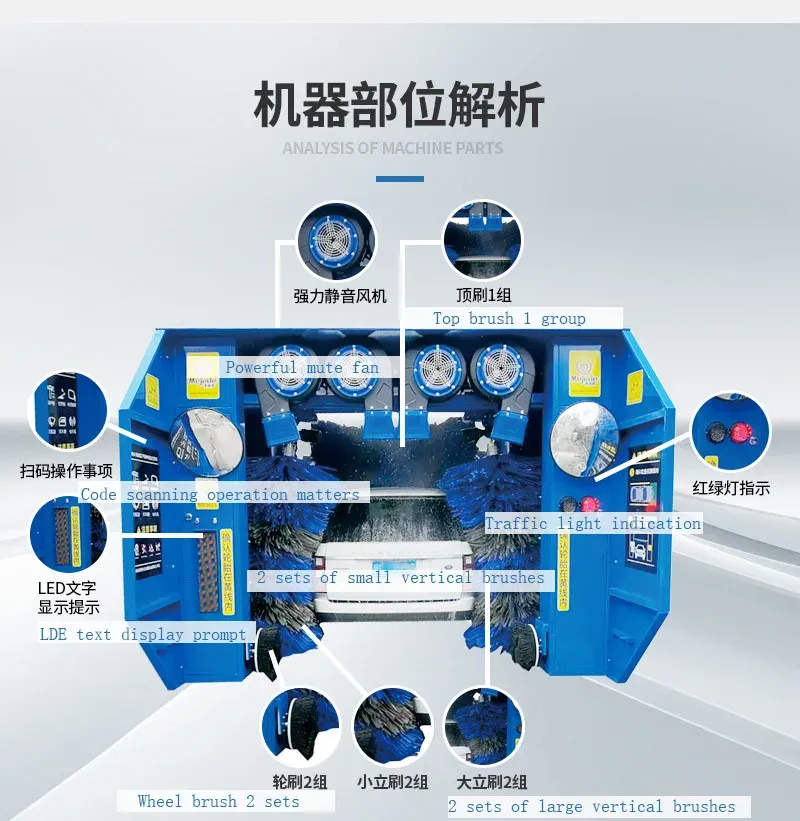
(commercial car washing equipment)
Understanding the Demand for Commercial Car Washing Equipment
The global market for commercial car washing equipment
is projected to grow at 6.8% CAGR through 2030, driven by increasing vehicle ownership and environmental regulations. Businesses now prioritize automated systems that reduce water consumption by up to 60% compared to manual methods. A 2023 industry report revealed that 78% of fleet operators consider advanced washing machines critical for maintaining vehicle resale value.
Technological Advancements in Modern Systems
Contemporary systems integrate IoT sensors and water recycling mechanisms, achieving 95% dirt removal efficiency. Brushless technology has become standard, reducing maintenance costs by 40% while preserving vehicle surfaces. High-pressure nozzles (operating at 1200-1500 PSI) now combine precision cleaning with 30% faster cycle times than previous generations.
Key Features of Top-Tier Commercial Car Washing Machines
Leading models offer:
- Dual-axis rotating spray arms for 360° coverage
- Self-contained water treatment systems meeting EPA standards
- Adaptive programming for different vehicle types (sedans to heavy-duty trucks)
Comparative Analysis of Leading Manufacturers
| Brand | Output (cars/hr) | Water Usage (gal/car) | Energy Rating | Warranty |
|---|---|---|---|---|
| WashPro X7 | 45 | 12 | AAAA | 5 years |
| CleanMaster HD | 38 | 15 | AAA | 3 years |
| AquaJet Ultra | 50 | 10 | AAAAA | 7 years |
Custom Solutions for Diverse Business Needs
Modular configurations enable operators to combine wash stages (pre-soak, undercarriage blast, wax application) based on throughput requirements. A recent installation for a logistics company incorporated RFID vehicle recognition, automatically applying specialized undercoating to salt-exposed trucks. Custom packages typically deliver 18-22 month ROI through labor savings and increased service capacity.
Real-World Applications and Success Stories
A major car rental chain reduced wash cycle times from 15 to 8 minutes per vehicle after installing 12 AquaJet systems nationwide. Municipal fleet operators report 35% lower detergent costs using precision-dosing systems. Touchless wash configurations have gained popularity in luxury dealerships, eliminating surface scratches on high-end vehicles.
Why Invest in Professional Commercial Car Washing Equipment?
Modern commercial car washing machines provide operational efficiency that manual methods cannot match. With 92% customer retention rates for businesses using automated systems, the long-term benefits outweigh initial investments. Advanced equipment not only meets environmental compliance but also enables premium service offerings that drive revenue growth.
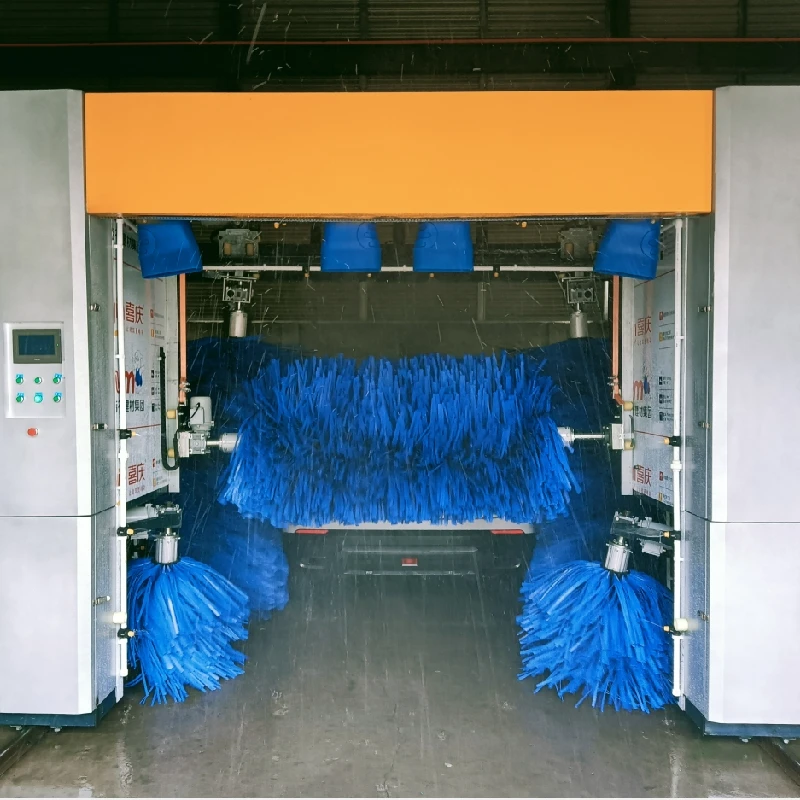
(commercial car washing equipment)
FAQS on commercial car washing equipment
Q: What types of commercial car washing equipment are available?
A: Common types include touchless car wash systems, friction wash machines, conveyor-based systems, and self-service kiosks. Each is designed for high-volume cleaning in commercial settings. Selection depends on space, budget, and customer needs.
Q: How to choose the right commercial car washing machine?
A: Prioritize factors like throughput capacity, energy efficiency, durability, and maintenance requirements. Assess vehicle types (cars, trucks) your business serves to determine the best fit. Also, consider water recycling features for cost savings.
Q: What maintenance is needed for car washing machines for commercial purposes?
A: Regular tasks include nozzle cleaning, belt inspections, and lubricating moving parts. Use manufacturer-recommended detergents to avoid equipment damage. Schedule professional servicing every 6-12 months for optimal performance.
Q: Are commercial car washing machines energy-efficient?
A: Many modern systems feature energy-saving pumps, low-water consumption designs, and solar-powered options. Look for ENERGY STAR-certified models or those with variable frequency drives (VFDs) to reduce operational costs.
Q: What space requirements are needed for commercial car washing equipment?
A: In-bay systems typically need 30-40 feet of length, while conveyor systems require 80-120 feet. Ensure adequate ceiling height (10-14 feet) and drainage infrastructure. Custom layouts can optimize smaller spaces.
-
Integrating Aqua Tunnel Car Wash in Shopping CentersNewsJun.24,2025
-
Gas Station with an Auto Car Wash MachineNewsJun.24,2025
-
Efficiency in Your Aqua Tunnel Car Wash: Power & Water-SavingNewsJun.24,2025
-
Car Wash Business with Advanced Auto Car Cleaning MachinesNewsJun.24,2025
-
Balancing Setup Costs with Aqua Tunnel Car WashNewsJun.24,2025
-
Aqua Tunnel Car Wash: Eco-Design for the Energy-Savvy EntrepreneurNewsJun.24,2025

